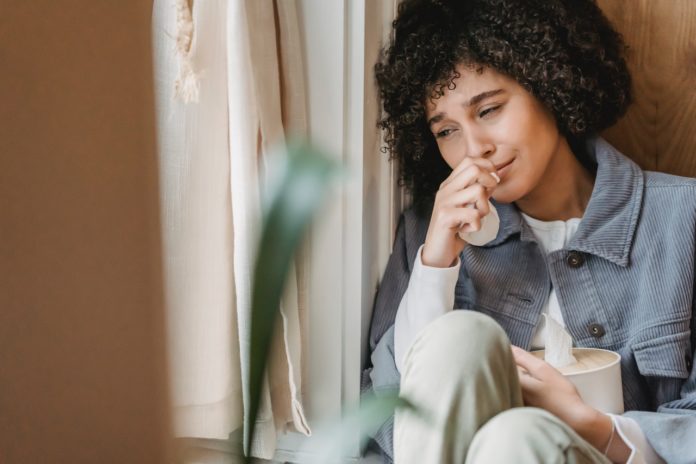‘You can’t beat a good cry when you’re feeling blue.’
Why do we cry?
An emotional state of pain, or a touching moment of sadness, makes one weep, known as crying. Crying due to sadness, anger, or even happiness are all emotions that can lead to tears.
Basically, we cry due to the following reasons:
- Emotional: Tears can be caused by a variety of emotions. Compared to other tears, these tears contain more stress hormones.
- Reflex: An irritant can trigger these tears, such as wind, smoke, or onions. In order to cleanse the eye of these irritants, they are released.
- Basal: Each time we blink, the tear ducts secrete basal antibacterial tears, a protein-rich liquid responsible for keeping the eyes moist.
In addition to being a human response to sorrow and frustration, crying is also a healthy behavior.
The benefits of crying are numerous, including the reduction of stress, which comes with negative physical consequences, including the risk of cardiovascular disease and other stress-related disorders.
Aside from the physical benefits of crying, studies have shown that 85% of women and 73 percent of men feel less sad and angry after weeping.
Also Read: Is it okay to Cry? 5 Benefits of Crying
Why it is good to cry?

While some people may try to suppress tears because they believe them to be signs of weakness, science shows that doing so may result in missed benefits.
It helps to relieve stress:
Stress can contribute to digestive problems such as ulcers, lead to heart attacks, and cause tension headaches and migraines, among other health problems.
Human tears contain a number of stress hormones and other chemicals, which cause humans to shed tears in response to stress.
Researchers believe that crying could lower the levels of stress hormones and other chemicals in the body, which could help reduce stress.
Also Read: Often feel stressed? Here’s what it does to your eyes
1. Helps in reduction of Manganese level:
Anxiety, irritability, and aggression can be associated with elevated manganese levels.
Additionally, tears lower the body’s manganese level. Manganese affects mood, and its concentration in tears is much higher than that in blood serum.
2. Helps in enhancing emotions:
The hormone oxytocin and the neurotransmitter endorphin may help lift people’s spirits and aid in their recovery. They work by relieving pain and uplifting moods.
3. Helps in improving vision:

Humans are the only mammals who shed tears when under emotional stress. The rest of the animals produce tears to moisten their eyes.
When the membranes become dry, vision can become blurry. Basal tears lubricate the eyes and improve vision.
4. Crying removes toxins and aids sleep:
An individual may find it easier to fall asleep by crying above due to its calming, mood-enhancing, and pain-relieving effects.
Crying is a physical and emotional release that allows humans to start over with a blank slate by eliminating stress hormones, like cortisol, that accumulate during times of emotional turmoil.
5. Helps in lowering blood pressure:
Researchers have found that crying can lower blood pressure and pulse rate within a few minutes after patients have vented and cried.
High blood pressure damages the heart and blood vessels and may lead to strokes, heart failure, and even dementia.
Conclusion
As emotional beings, crying promotes empathy, coordination, and a sense of togetherness that aids survival. In fact, crying serves an important social role.
Through this method, we convey the strength and character of the relationship, evoke sympathy and assistance, and draw individuals closer together.
Don’t fight back the tears the next time you feel overwhelmed. Cry with your heart out and express your emotions without limiting them.
Perhaps all you need is a quiet place to decompress or a supportive shoulder to cry on.
So let go of the tears and share your emotions with your beloved ones.


